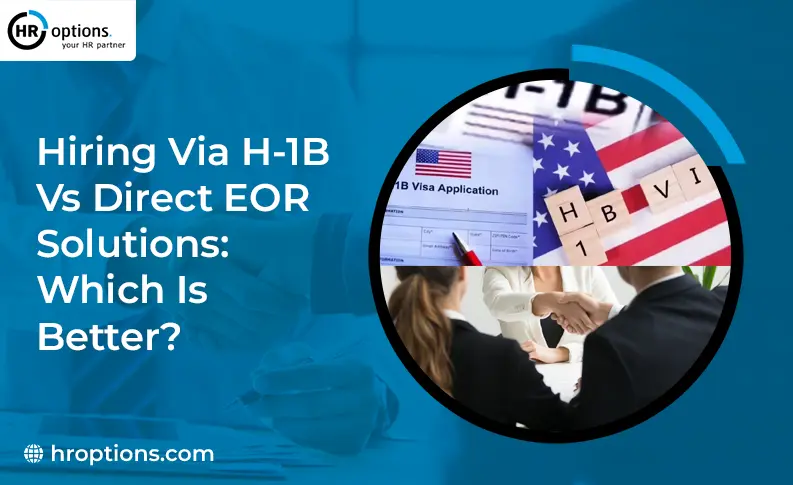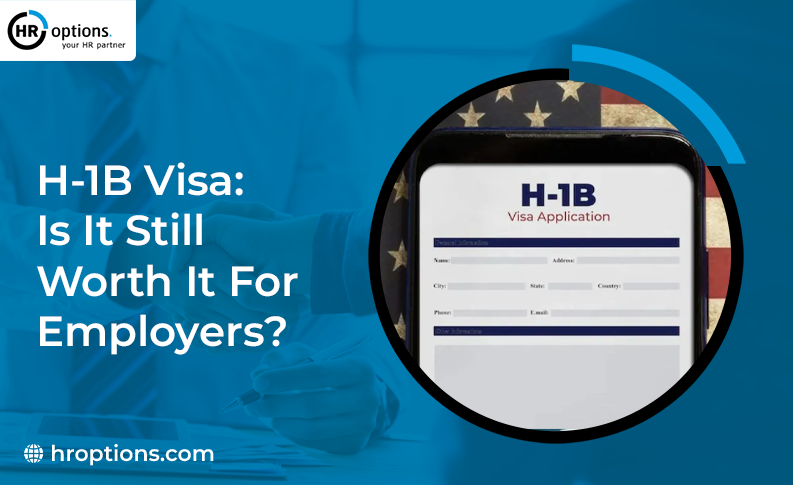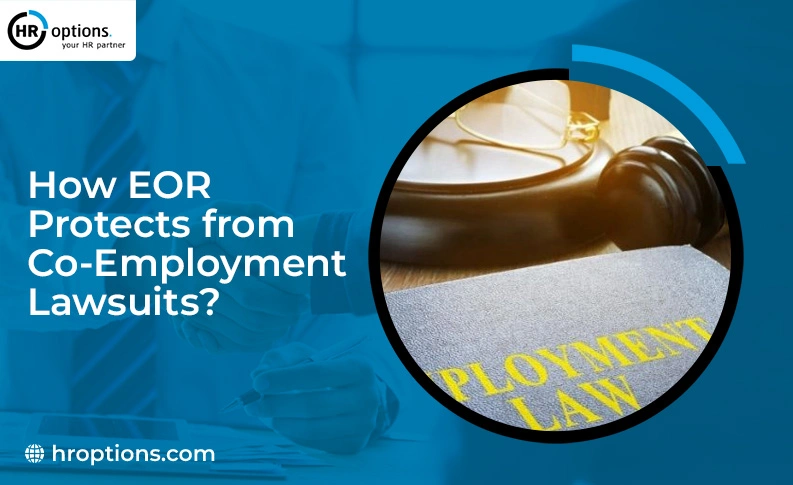MAKE HR TRAINING EFFECTIVE USING THESE TIPS
 Nunzio Presta
Nunzio Presta
Senior Sales and Marketing Executive
The training and development of both new and existing employees are crucial for fostering positive growth. While many organizations realize the importance of having an advanced HR department during the hiring process, less emphasis is given to measuring training effectiveness once talent is onboarded. Here are some helpful tips to increase the effectiveness of HR Training within your organization.
Tip #1: Have Clear Objectives
Businesses always begin by creating a strategic plan. Similarly, it’s helpful to have a clear strategy with goals and objectives for people to follow regarding employee training. Training sessions typically give an abundance of information all at once, which can be overwhelming for employees to process and visualize how this will affect their day-to-day. It’s best to start presentations by clearly outlining the training’s goal and what they will do differently after the session. By writing out clear objectives and communicating them at the beginning of the session, each employee should leave with action items they can implement going forward.

Tip #2: Integrate Training into Company Culture
In order for HR Training to not feel like “just another meeting,” you must weave the objectives into the company culture. Make sure that the training reinforces organizational values that are consistent throughout all departments. It’s beneficial to ensure that training is reinforced and seen more than once in action throughout the organization so it is not forgotten or overlooked. Additionally, give employees ample opportunities to get involved and engage with new training concepts. Furthermore, celebrate the achievement of employees who implement these concepts to show that their efforts are noticed.
Tip #3: Use Innovative Techniques
Experiment with new delivery methods for your HR training to keep employees engaged. Ensure that presentations are dynamic and have plenty of time in the end for questions and open conversation. In the digital age, there are various presentation platforms available such as team video conferencing, PowerPoint presentations, and videos. It’s important to integrate these technologies in HR to encourage employees to get comfortable with innovation. You could also experiment with different delivery methods depending on the subject matter of the presentation.

Tip #4: Create a Post-Training Evaluation
To ensure that the HR objectives you’ve put into place are well understood, you need to create a post-training evaluation. This could be an anonymous survey sent out to employees or even just having a comment/suggestion box for people to voice their concerns. It’s essential to allow enough time after the training session to give employees time to adjust and implement new skills. After the necessary time, you could also have managers evaluate how well new skills are applied in their particular department.
Tip #5: Regularly Provide Feedback to Employees
In line with integrating HR training into the company culture and establishing clear objectives, give feedback regularly. Seeing a change in how employees work day-to-day is the best way to know if training is actually effective. Employees that are implementing new skills or practices should feel seen and rewarded for their efforts. Managers should make an effort to give constructive feedback on an individual basis to reinforce HR coaching. Feedback could be short weekly one-on-one meetings or written evaluations discussed in person. Make sure to provide specific commentary that employees can work on rather than just general notes. Lastly, make sure that any feedback relates to how the company can better achieve its previously outlined objectives.
CONCLUSION
These are just a few ways to ensure that HR training is resonating within your company. It takes time and follow-up work to see effective training results, so be patient and experiment with different delivery methods to keep employees engaged. To expand upon these tips or learn more about improving your HR training practices, contact HR Options!

For over 35 years, HR Options® has provided highly personalized solutions aimed at identifying and filling supplemental human resource needs for clients throughout the U.S. and Canada. Whether augmenting your HR department or serving as a complete outsourced solution, our suite of services and experienced professionals will help you navigate through complex and ever-evolving employment regulations in the US and Canada.








